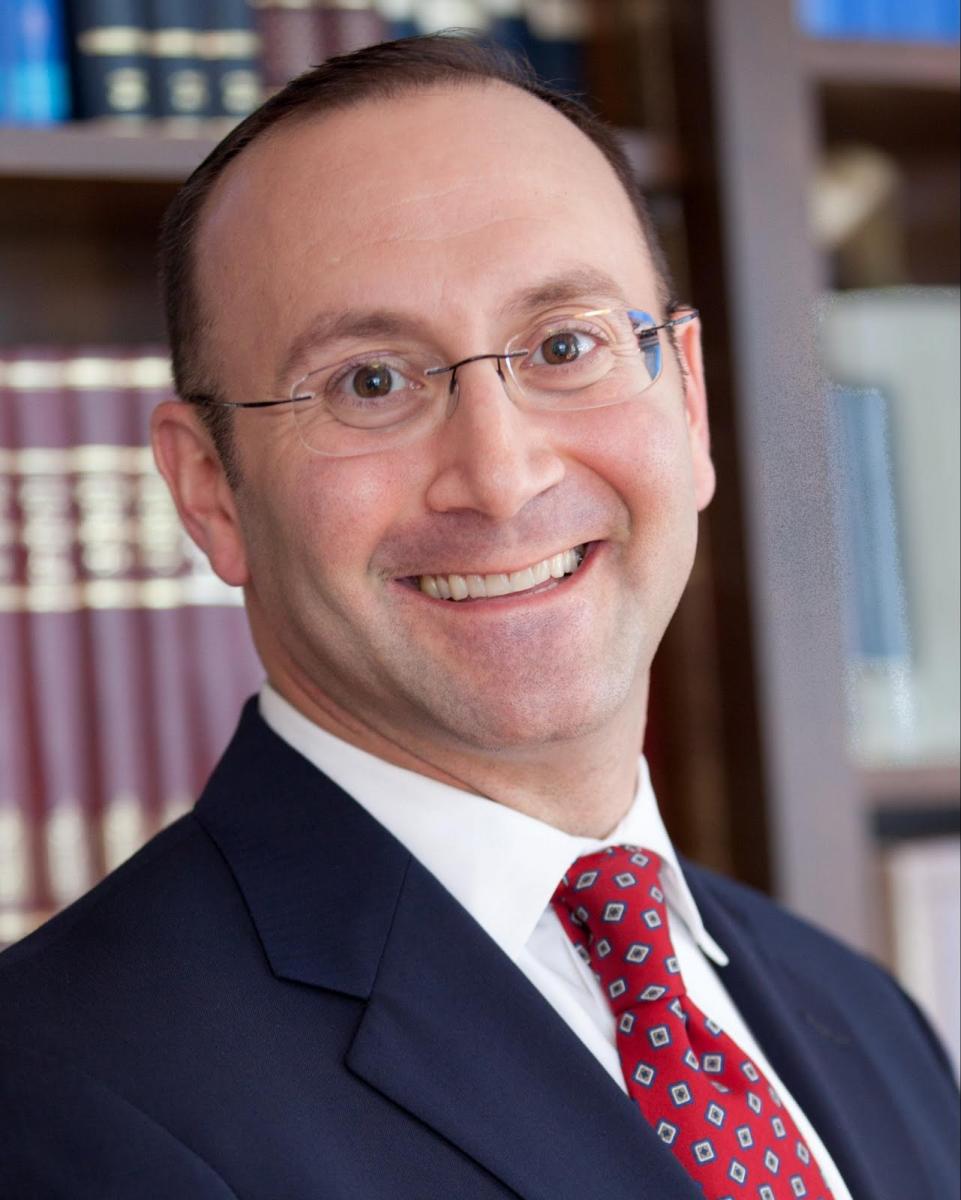By Rabbi David Lerner, Temple Emunah, Lexington, MA

The Hanukkat Habayit Ceremony for an Interfaith Couple offers a meaningful ritual for interfaith couples who have decided to build an exclusively Jewish home and family together.
Background
The ceremony was a response to my experience working with interfaith couples – including couples in which the non-Jewish partner initially considered conversion, but subsequently, for various reasons, decided not to convert. As a result I realized the need for a Jewish ceremony to celebrate the Jewish choices they are making. Utilizing the existing ceremony for affixing a mezuzah seemed like a logical place to start, since the act does not create something new, nor is it controversial. Rather, it accurately represents the rabbi and the community wanting to welcome the couple and support them in bringing more Judaism into their homes and more fully into their lives. The way we expand upon it does, however, create some potential challenges and may make some of us uncomfortable as we seek to straddle the space between our tradition and keruv.
Who is eligible for such a simhah? It is only for a couple who has made the commitment to build an exclusively Jewish home in which the children will be raised exclusively as Jews (for example, if the mother is not Jewish, those children would undergo a halakhic conversion). Although one might argue that no preconditions should be set, I feel that without this commitment the ceremony itself rings hollow.
Expectations
There should also be the clear expectation that non-Jewish symbols and observances would not be a part of the couple’s home (e.g. a Christmas tree). In addition, there should be a requirement of meeting regularly with the rabbi for a learning program of between three and six months for the rabbi and the couple to get to know each other prior to the ceremony, form a kesher and talk about the Jewish home they are building and the values that should animate it. Without these prior discussions both partners are agreeing to something they do not really understand. How, for example, can they agree to raise exclusively Jewish children if they, particularly the non-Jewish partner, do not know what that entails? These sessions also allow them to plan the ceremony that will represent the culmination of this learning program.
The ceremony should take place in the couple's home rather than the shul to avoid several potential pitfalls in how this may be received or perceived. The couple should meet with a local RA rabbi who could conduct the ceremony where the couple lives, even if the initial connection is made through the parents’ rabbi who lives elsewhere. This has the benefit of forming a kesher with a local spiritual leader. The setting should preferably be a large room near a doorway with a small table to hold the items in the ceremony.
The Ritual
Once all the participants and guests are assembled, the rabbi leads “Hinei Ma Tov” to set a welcoming mood and shares words of welcome introducing the ceremony and discussing the importance of building a Jewish home. The couple recites lines reflecting their love for each other and continues by sharing an English prayer that they can recite together (see the Moreh Derekh, Volume 1, page C-41, second paragraph); the rabbi takes a Kiddush cup of kosher wine and recites borei pri hagafen and hatov v’hameiteev in English and Hebrew after explaining the significance of the blessings; followed by birkat kohanim and, if appropriate, relates it to building a Jewish home, and to mitzvot like lighting Shabbat and holiday candles and raising Jewish children where this brakhah is recited every Friday night. The rabbi addresses the couple, speaking personally about them, their learning together and what each brings to the other and to the new Jewish home they are creating. It would be helpful to speak to the power and significance of the mezuzah as well.
Finally, the couple and the rabbi move to the front door (or another appropriate doorway) to affix the mezuzah – the Jewish partner recites the brakhah in Hebrew and both partners recite it in English, followed by the actual affixing of the mezuzah. The guests join in with “Siman Tov.” Everyone is invited to a seudat mitzvah after netilat yadayim and hamotzi; the meal should be kosher or vegetarian so all can feel comfortable eating and should conclude with the regular birkat hamazon perhaps with a special harahaman for the couple and their new home.
Following Up
The rabbi should continue to speak with the couple in the following months to guide them in their Jewish growth. If the couple moves, the rabbi should contact a colleague in their new community who will continue to help them along the road to raising a Jewish family if they are blessed with children. This will also help colleagues ensure the children born to non-Jewish mothers are brought to the mikveh and that brit milah l’shem gerut for their sons is properly done and witnessed, thus avoiding the need for hatafat dam brit that would otherwise be necessary.
A year’s free membership to a local Conservative synagogue or minyan would be a wonderful housewarming gift for these families. I believe this Hanukkat Habayit ritual can sow the seeds for a fuller integration of the family into the Jewish community and for building a stronger foundation for a Jewish home.
I would love to hear comments and thoughts about this new ritual and for those who officiate at it, how it went!
B’hatzlahah, David Lerner

Add new comment